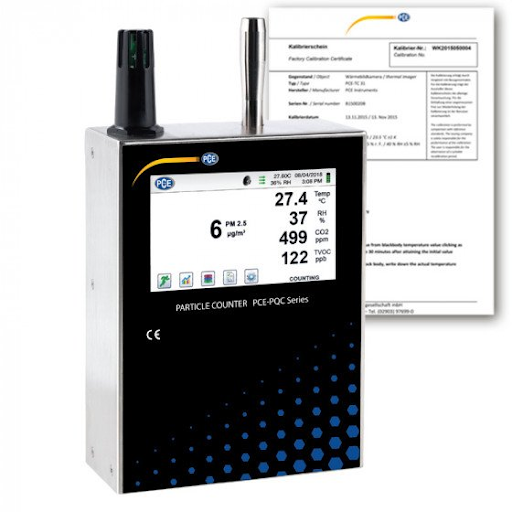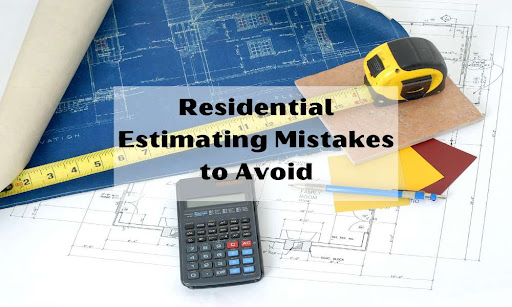
Air pollution is an increasing problem across the world. Bad air quality strongly affects our health, and understanding what you’re breathing in is important. The Air Quality Index (AQI) is a tool that measures the quality of the air in your region. It considers several pollutants, such as ground-level ozone, particle pollution, carbon monoxide, sulfur, and nitrogen dioxide. The AQI reveals how clean or filthy your air is and what related health impacts can be a concern.
Introduction to Air Quality Index (AQI)
Air Quality Index is a meter built to inform people of their region’s air quality and help them take necessary steps to protect their health. The index goes from 0 to 500; the higher the value, the more polluted the air. The AQI is based on five primary pollutants: ground-level ozone, particulate matter, carbon monoxide, sulfur dioxide, and nitrogen dioxide. These pollutants can lead to various kinds of breathing and heart difficulties, mainly in sensitive groups such as children, the elderly, and individuals who already have existing health concerns.
Why it’s essential to measure air quality
Measuring air quality is crucial because it helps to determine rising health dangers caused by airborne pollutants. Monitoring air quality simplifies preventative actions to decrease exposure to harmful contaminants and safeguard public health.
In addition to health, assessing air quality provides economic and environmental benefits. Bad air quality can result in reduced crop yields, damage to buildings and infrastructure, and consequences on tourism. Moreover, air pollution leads to climate change, severely affecting the world and its population.
How AQI is measured
AQI provides a numerical range of 0-500, with higher values indicating worse air quality. The AQI is determined based on the concentration of various pollutants in the air, including carbon monoxide, sulfur, nitrogen dioxide, and particle matter.
Air quality monitoring systems are set up in different places to assess AQI. These stations utilize technology to monitor the number of pollutants in the atmosphere. The data these sensors obtain is then used to calculate the AQI for that location.
The AQI is split into six categories, each showing a different air quality level. These categories include Good, Moderate, Unhealthy for Sensitive Groups, Unhealthy, Extremely Unhealthy, and Hazardous. The categories are color-coded to make it easier to understand the degree of air quality in your location. Green indicates excellent air quality, whereas red indicates harmful air quality.
It’s important to remember that the AQI could better assess air quality. It’s just a general measure of the amount of pollution in the air. But, it provides tools and techniques for people to protect themselves from bad air quality by avoiding outside activities during high pollution levels.
How AQI numbers and values are Interpreted
AQI values are generated using data from several air pollutants, including ground-level ozone, smog, carbon monoxide, sulfur, and nitrogen dioxide. The levels of each pollutant are compared to national air quality regulations, and the highest value is used to calculate the AQI value for that area.
When the AQI value is within 50, it signifies the air quality is good and causes no risk to health. As the AQI value increases, so does the health risk. AQI values between 51 and 100 indicate moderate air quality, whereas values between 101 and 150 indicate poor air pollution for people. AQI values between 151 and 200 indicate bad air quality for everyone, whereas values between 201 and 300 indicate unhealthy air quality. AQI values above 300 are considered hazardous and can have serious health effects on everyone.
It’s important to regularly check your area’s AQI levels, especially if you have respiratory problems or other health issues that can be affected by poor air quality. You can check the AQI levels for your location on many websites online.
How to find the AQI for your location
Getting the AQI for your location is easier than you would think. There are various methods to acquire this information. One of the easiest and most effective ways is through the United States Environmental Protection Agency (EPA) website. They feature a user-friendly interface where you can input your pin code and receive the AQI for a specific area.
You can also download a mobile application that tracks air quality. These applications will send you notifications when the air quality in your area is poor, allowing you to take necessary precautions to be safe.
Another way to check the AQI for your location is by checking your local news. Most newspapers will provide daily air quality updates for their audience areas. This can be beneficial if you plan on spending time outside and want to know if it is safe.
It’s important to remember that air quality may change fast, so it’s a good idea to check the AQI regularly, specifically if you have respiratory problems or live in an area with high pollution levels. By staying aware of your area’s air quality, you can take precautions to protect yourself and your family.
What to do if the AQI is high
If the AQI in your area is high, it’s important to take necessary precautions to protect your health.
Some precautions you can take:
1. Stay inside: If the AQI is high, it’s best to stay home and restrict outside activities as much as possible.
2. Utilize air purifiers: Air purifiers can help filter out hazardous pollutants in your home or place.
3. Use masks: If you need to go outside, wearing a mask can help reduce contact with toxic pollutants. Search for masks that are used to filter out particle pollution.
4. Keep doors and windows closed: Keeping doors and windows closed can help reduce the number of outdoor pollutants that enter your home or place
5. Follow local guidelines: Please contact local guidelines and alerts to be updated on the air quality in your area and what precautions you should take.
These simple steps can help reduce exposure to dangerous pollutants and improve your health.
Strategies for reducing air pollution
Air pollution is a major hazard to human health and the environment. While certain causes of air pollution are beyond our control, we must take active measures to reduce air pollution in our surroundings.
These are some strategies to help reduce air pollution:
1. Decrease car emissions: Vehicles are a major cause of air pollution. Opt for ridesharing, public transport, cycling, or walking to decrease carbon emissions.
2. Use energy-efficient appliances: Energy-efficient appliances save energy and reduce the pollutants generated by power plants.
3. Grow trees and indoor plants: Plants absorb carbon dioxide and produce oxygen. Growing trees and indoor plants can help filter the air and lower pollution.
4. Properly dispose of all garbage: Burning waste produces poisonous gases into the air. Make sure you dispose of garbage correctly and recycle as much as possible.
5. Utilise eco-friendly products: Harsh chemicals in cleaning products, insecticides, and other household items can add to indoor air pollution. Go for eco-friendly items instead.
By following these guidelines, we also do our part to reduce air pollution and improve air quality in our communities.
In conclusion, monitoring air quality is essential for a healthy and safe living environment. By understanding how to measure AQI and what causes poor air quality, people can take necessary actions to protect their health and their loved ones. It is necessary to push for laws and rules that promote clean air and a healthy environment, such as reducing emissions from vehicles and industries, promoting renewable energy sources, and supporting green initiatives. Working together can create a healthier world for ourselves and future generations.
Remember to check your local AQI regularly and take the necessary precautions. Remain safe, and breathe easily!



